
- Giugno 28, 2021
- 8:47 am
CITIZEN SCIENCE - The strength of collaboration
Introduction to a practice that unites science and citizens
Participation, collaboration and the democratization of science are at the heart of Citizen science. This term indicates a complex set of activities related to the world of scientific research which include the active participation of ordinary citizens. It is a practice with an extended meaning, which contains various definitions. Within the broader concept of open science, citizen science is introduced as a support tool for scientific institutions in resolving major challenges such as, among others, the conservation and management of biodiversity, the current climate emergency and various issues related to health and space, creating large amounts of open data accessible and easily usable by anyone. Today it is very common to hear about citizen science. There are many projects, initiatives and associations that carry out activities of this type, involving millions of passionate citizens from different cultural backgrounds whose only purpose is the will to participate, understand and collaborate with the scientific world and, why not, even have fun.
The origins of this word can be found in the first activities dating back to the early 1900s, which bring back the first example of what we now call public engagement promoted by the National Audubon Society (United States), with the Christmas Bird Count with which a huge amount of data useful for monitoring the trend of the avian population. The path that has made the active participation of citizens a resource and contributed to the growth of citizen science is characterized by a heterogeneous set of social and technological drives that have followed one another since the Second World War with the first scientific literacy projects in the USA and since introduction of the Public Understanding of Science with the aim of bridging the scientific knowledge gap of the population and making the latter more aware and active within the decision-making processes on governance for various issues.
During the 90s the great initiative of the Public Engagement of Science and Technology made its way ahead, i.e. an interactive model of citizen inclusion in different participative forms such as referendums, focus groups that encouraged the layman population to activate skills and abilities to be able to contribute to solving problems. The 2000s, however, were fundamental for what we understand today as citizen science, thanks to the introduction of the concept of Public co-production of Knowledge with which the distinction between scientist and public is eliminated towards a dualism between specialists and non-specialists, each with their own skills, in a collaborative and participatory vision of science that aims to collectively solve problems. Over time, alongside the concept of Citizen Sciences, the description of the protagonists of this activity, namely the citizen scientist, has expanded. In 2009, Jonhatan Silvertown, Professor of Evolutionary Biology at the School of Life Sciences at the University of Edinburgh, identified the Citizen Scientist as a volunteer who collects and processes data as part of scientific research. A totally new profile of the citizen is outlined who becomes an active actor and no longer just the reference target for communication actions or promotion of services. This is the description of the citizen scientist profile also outlined by Socientize, a project on the impact assessment of Citizen Sciences funded by the VII Framework Program of the European Union in which the public of “non-experts” is involved in collection processes, use and interpretation of data, following defined scientific protocols. A definition different from that proposed by Bonney, in which citizen science activity is instead the opportunity to increase the moments of dialogue, a way to direct public attention on environmental issues and management of natural resources or public health, fostering collaborations between communities and scientific institutions. Citizen science is therefore increasingly gaining ground as a new way of doing science, which interests more and more scientists and citizens and is part of a process of redefining the relationship between science and society.
The concept of Citizen science was definitively recognized in 2014 by the academic world as “the collection and analysis of data relating to the natural world by an audience, which takes part in a collaborative project with professional scientists” but also defines itself as a set of scientific research projects and activities in which citizens are involved in the collection of data, very often sharing a sensitivity to the issue. The outlook is thus that of an instrument of participation from below in scientific progress, if not an awareness of the functioning of the scientific method. At a global level today there are thousands of people involved, hundreds of ongoing projects and comparison activities such as the last conference held by ECSA, (European Citizen Science Association) on July 22nd on the theme of the benefits of citizen science in policy making, an opportunity to meet and share ideas, projects and results. The European Association for Citizen Science established in 2014 has 260 members and 30 countries and aims to develop and promote best practices in CS but not only. It also wants to support a common approach at European level, to expand political support in Europe by working with governments to build national CS communities. ECSA actively collaborates with other international realities such as the Association Citizen Science (United States) based in California, born in the same years, with the aim of establishing operational procedures and standards. The collaboration between SC bodies strengthens the organizational and political capacity of SC, expanding the possibilities of interacting with governments at national and international level by directing decision-making processes for the resolution of international social problems such as climate change, based on increasingly reliable databases and collected in a participatory way.
In the last twenty years the projects have increased exponentially and the participation of citizens is also ever greater, outlining a growing commitment on the part of citizens, a growing awareness of being able to make a difference and wanting to participate in change as well as a growing interest by scientists in the issues of democracy and policy. The term Citizen science refers to a variety of concepts precisely because it collects a wide range of activities, from dissemination to actual scientific research. Muki Hacklay, in Citizen Science and Policy: A European Perspective, identifies four different perspectives based on the growing involvement of citizens. He defines citizens science as contributory, collaborative, shared and extreme. The contributory citizen science sees projects in which the citizen is involved in the activity of observation and data collection often with the use of private devices to record environmental parameters, for example NASA’s SETI @ home exploits the memories of computers when they are in stand- by to increase the computing capacity of shared computers. In collaborative citizen science projects, citizens are involved in the interpretation of scientific phenomena, within this category there are Volunteer Thinking projects in which participants contribute by recognizing forms or analyzing information as well as ecological and environmental observation projects, an example is the LastQuake mobile application, managed by the Euro-Mediterranean Seismological Center, which collects the testimonies of users who have experienced an earthquake to offer appropriate information in real time on the shaking of the ground and the possible damage caused. For shared citizen science projects, the involvement includes both the problem definition phase and the data collection phase while finally the type of extreme citizen science projects involves the involvement of the participants in every phase of the project, from the definition of the problem to the data collection, analysis and interpretation of results. One example is the SafeCast project that emerged following the Fukushima earthquake to develop a do-it-yourself (DIY) radiation detector that citizens could use in their daily lives. There are many ways to involve citizens and the forms range from the construction of virtual computing systems by sharing the computational availability of the participants on the network or even exploiting their imagination and creativity through scientific games and puzzle solving, to the definition of maps and inventories of species and risk of extinction and alien species.
But what does citizen science typically mean in a practical way? In different ways, the phases of a participatory science project consist of, first, the identification of the participants to whom the modalities of participation are defined, which differ according to the type of citizen science that is going to be carried out. The clarity and ease as well as transparency of the activities favors better results and greater reliability of the data obtained. Subsequently, questionnaires or interviews are employed, modelled on the type of project. After the data collection period that can take place with the use of an app and therefore extend over shorter or longer periods, there is the interpretation and evaluation of the results. Finally, thanks to media action, social media and newsletters, it is possible to give feedback on the outcomes of the activities carried out and maintain contact with the citizen, favoring the creation of a network in the area and a strengthening of engagement. In Italy there has been a progressive increase in projects over recent years, most of which are related to biodiversity and naturalistic observation, thanks also to technology that becomes an ally by simplifying and improving the experience, making it more usable and captivating. And this is precisely the objective behind the decision to introduce the use of specific apps with simple and intuitive interfaces to support the project. The versatility and the increasingly accessible costs of development and management of applications allow them to be used in different types of projects. As part of the project “Improvement of Centrale Karakorum National Park Management as Model for Mountain Ecosystem in Northern Pakistan” funded by the International Cooperation and Ministry of Foreign Affairs and coordinated by the NGO EvK2CNR Pakistan, the University of Cagliari has created GBGEOApp an app in both offline and online modes. A simple and effective strategy, with the idea of supporting and facilitating the environmental data collection work carried out by local communities and park guards in the Deosai valley area in the Gilgit-Baltisan region at the foot of K2, becoming a platform for data acquisition and management based on images from ESA-Sentinel satellites. A unique tool for international collaboration, a bridge between society and science to bridge an information gap essential for understanding the phenomenon of climate change evident in fragile areas of the planet.
The network service created with the INaturalist app for biologists, naturalists and citizen scientists to map and share observations on biodiversity around the world at any time is also very successful. Apps can really be a means to revolutionize the way of doing science by amplifying the possibilities of data collection, by creating databases or new forms of the classic scientific laboratory notebook that virtually keeps track of the results and at the same time shares them with scientists who in real time have the possibility of evaluating them. In this regard, for INCREASE as part of the initiatives for the European program HZ2020 promoted by 28 universities, an app has been developed with which the participants, citizens of more than 100 European locations, collaborate for the characterization, management, enhancement and conservation of agro- biodiversity. Despite the potential of this way of doing science, to date there are several limitations, including reliability. In fact, today in the academic world there are still those who do not recognize it as a science due to the limitations on the complete reliability of the data obtained, despite the union with information technology has implemented the data collection capacity and international organizations are acting with continuous improvements of quality standards, of data validation processes as well as training of the participants. Another problem is the difficulty of recruiting among local communities rather than nationally. In this regards, the effort of scientists to simplify the activities and make them feasible to avoid abandoning the project and encourage participation becomes even more relevant. Finally, the problems related to the ownership of the data collected, to the development of regulations to manage the rights of co-authors and the relationships with scientists who feel they are the only owners. Citizen science is a new frontier of science, it allows to obtain information of value and difficult to obtain with current public tools and funding. The fulcrum is involvement, participation in scientific research which leads to greater awareness of the same, its importance and its limits, bringing citizens closer and closer to the issues to be solved. The educational and training value inevitably leads to a change in behavior and therefore to a citizenship that is more respectful and interested in the environment, in scientific issues in a broader sense, laying the foundations for greater trust in science and its potential.
ULTIME NOTIZIE


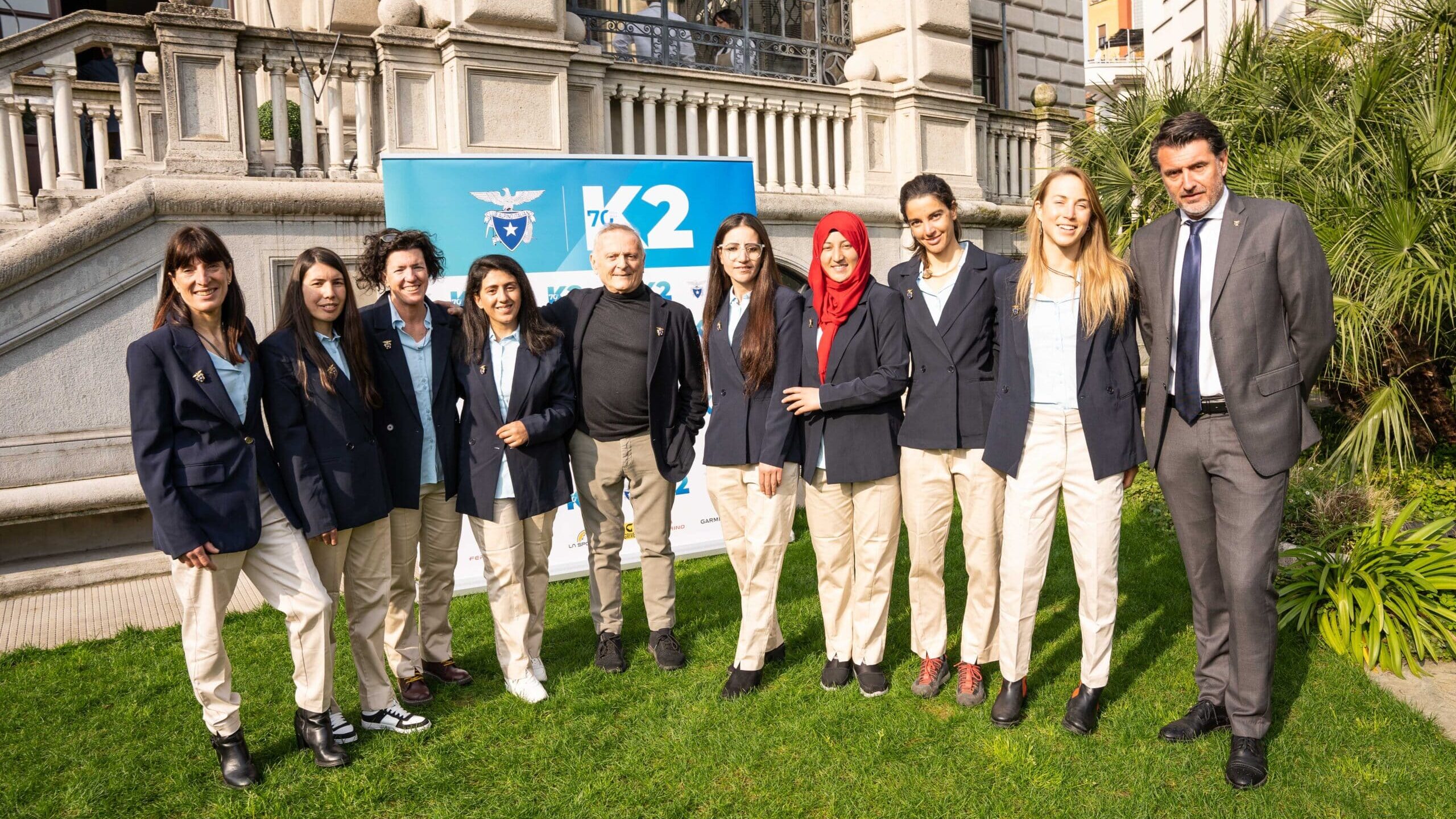
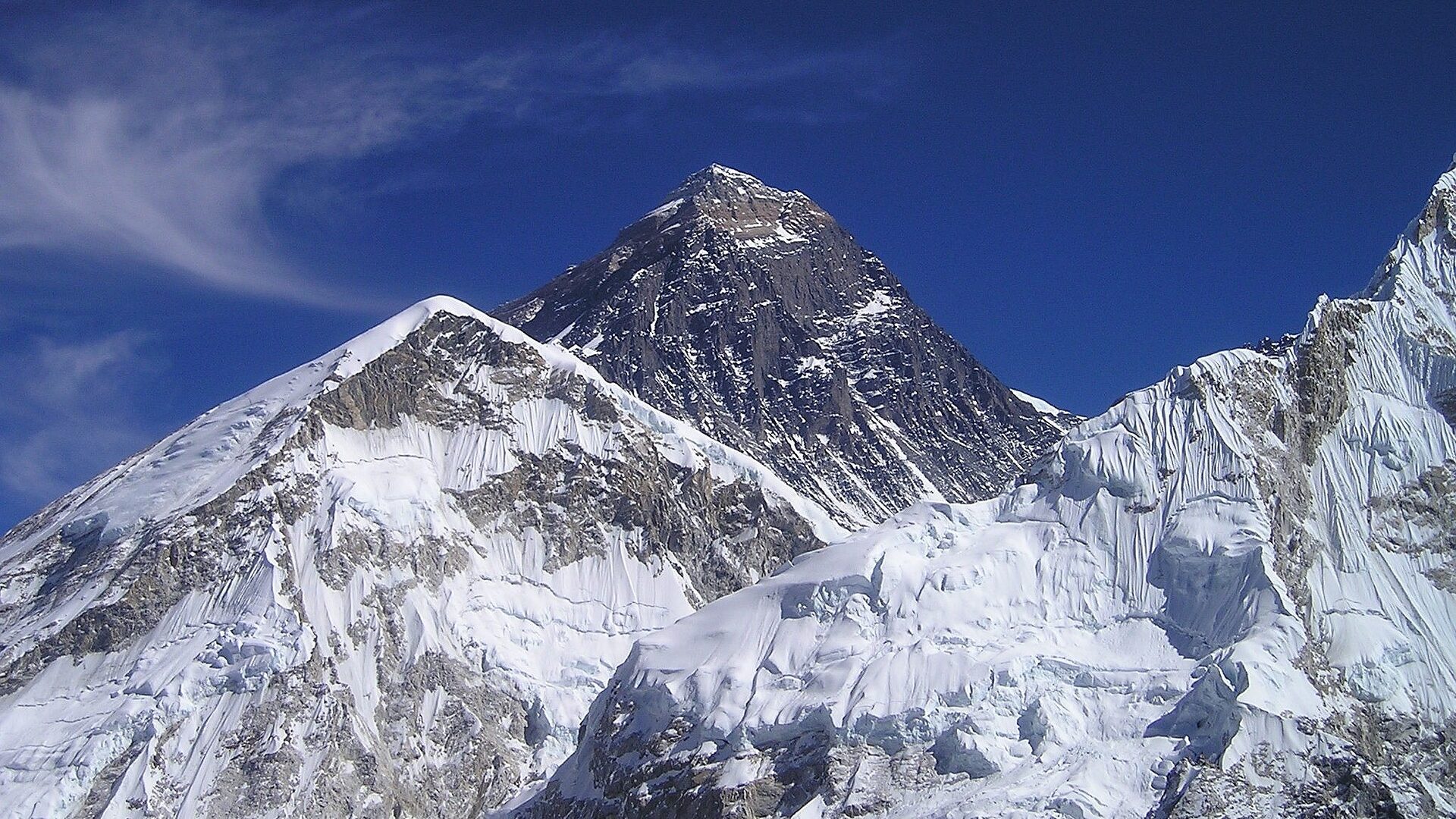

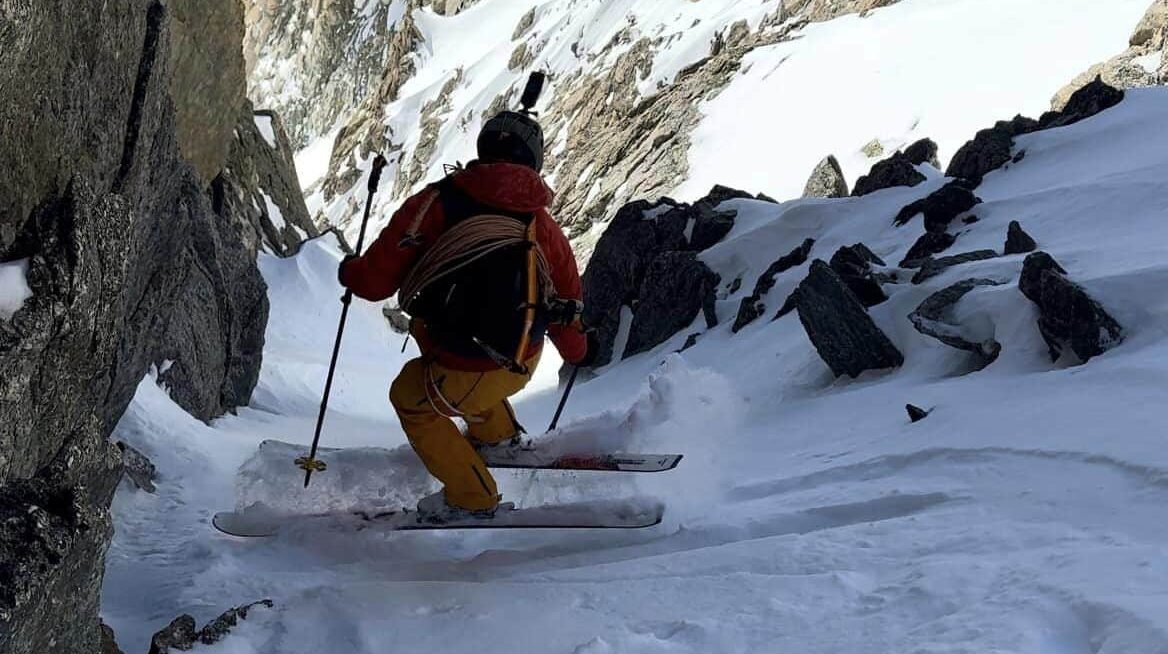
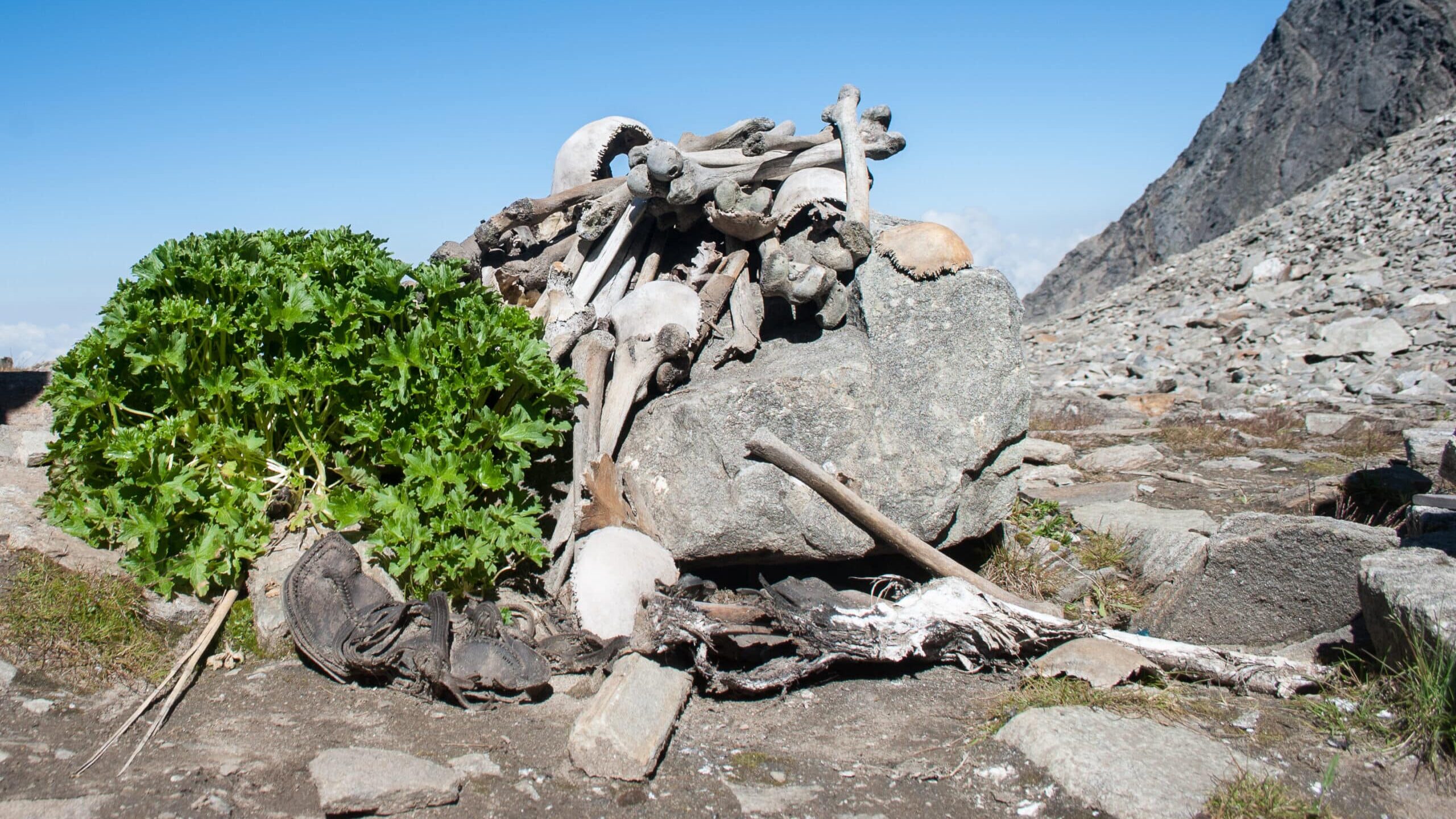


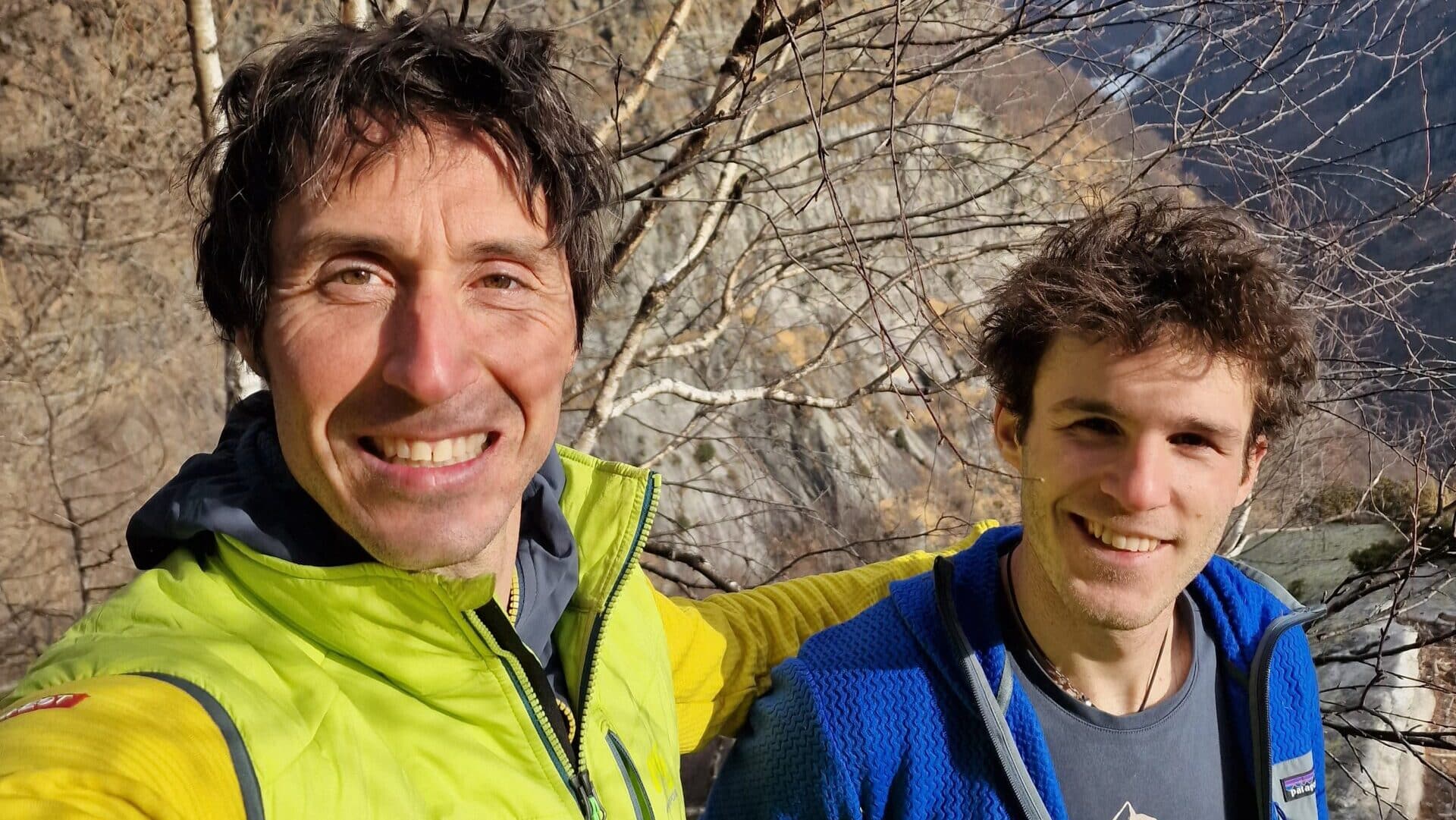
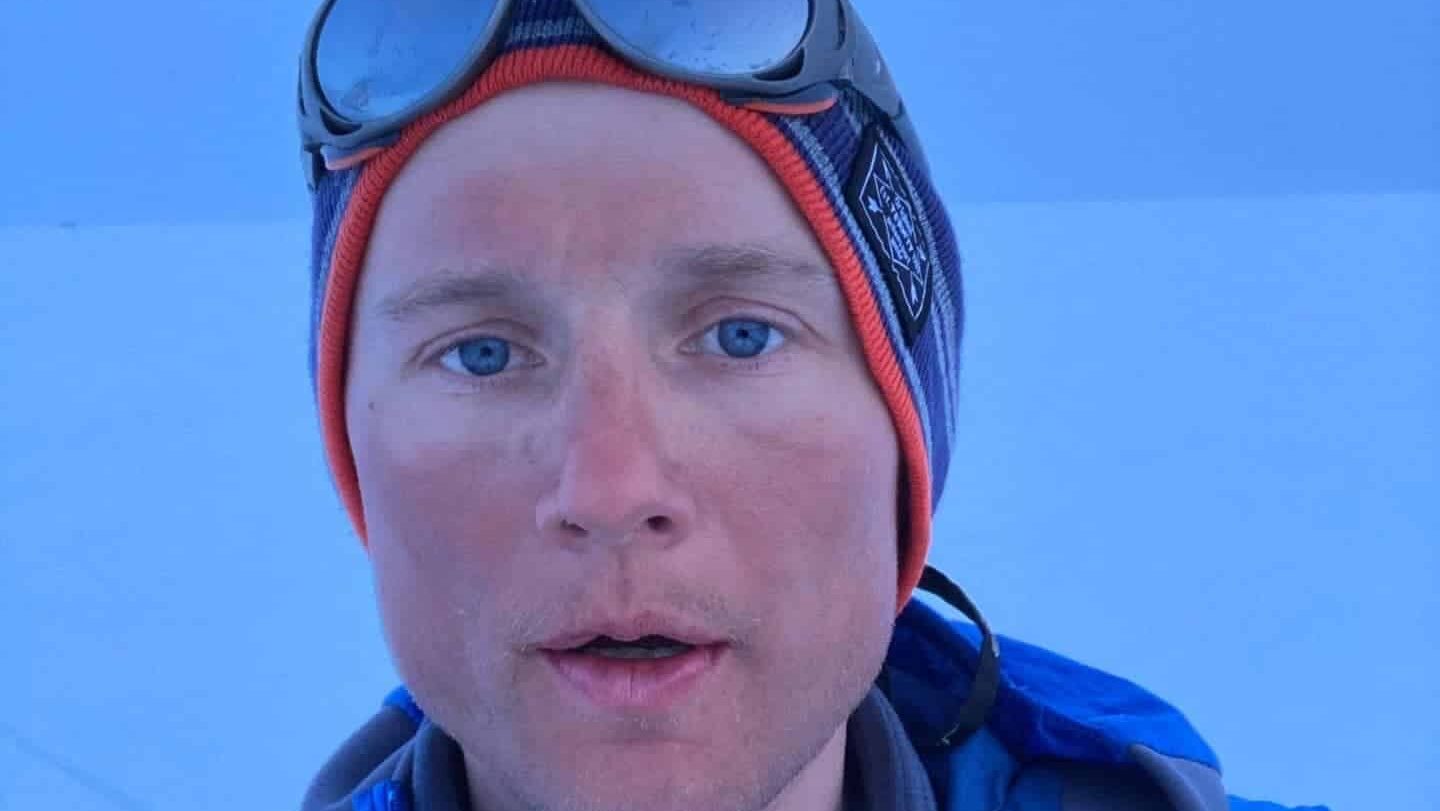

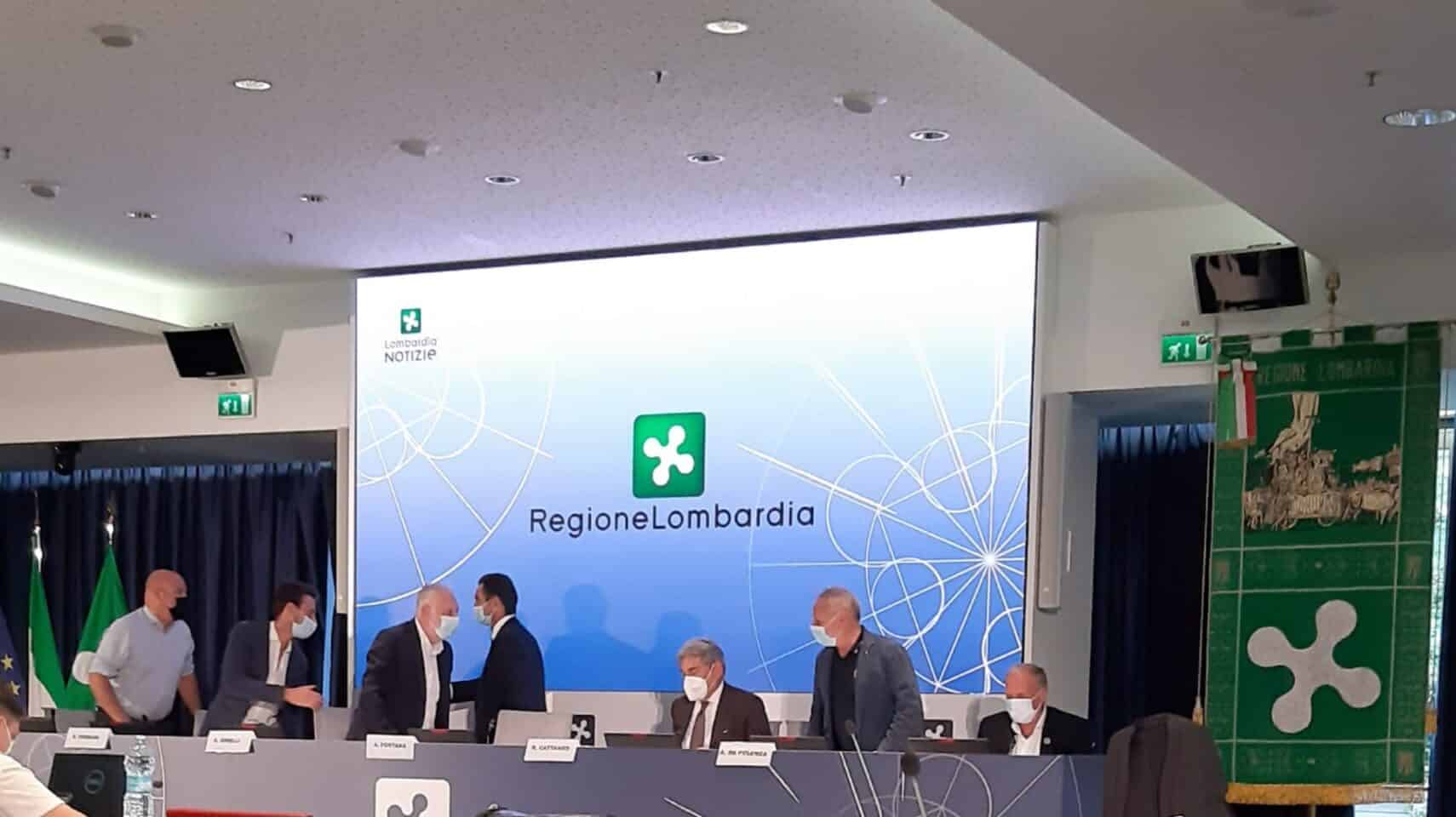
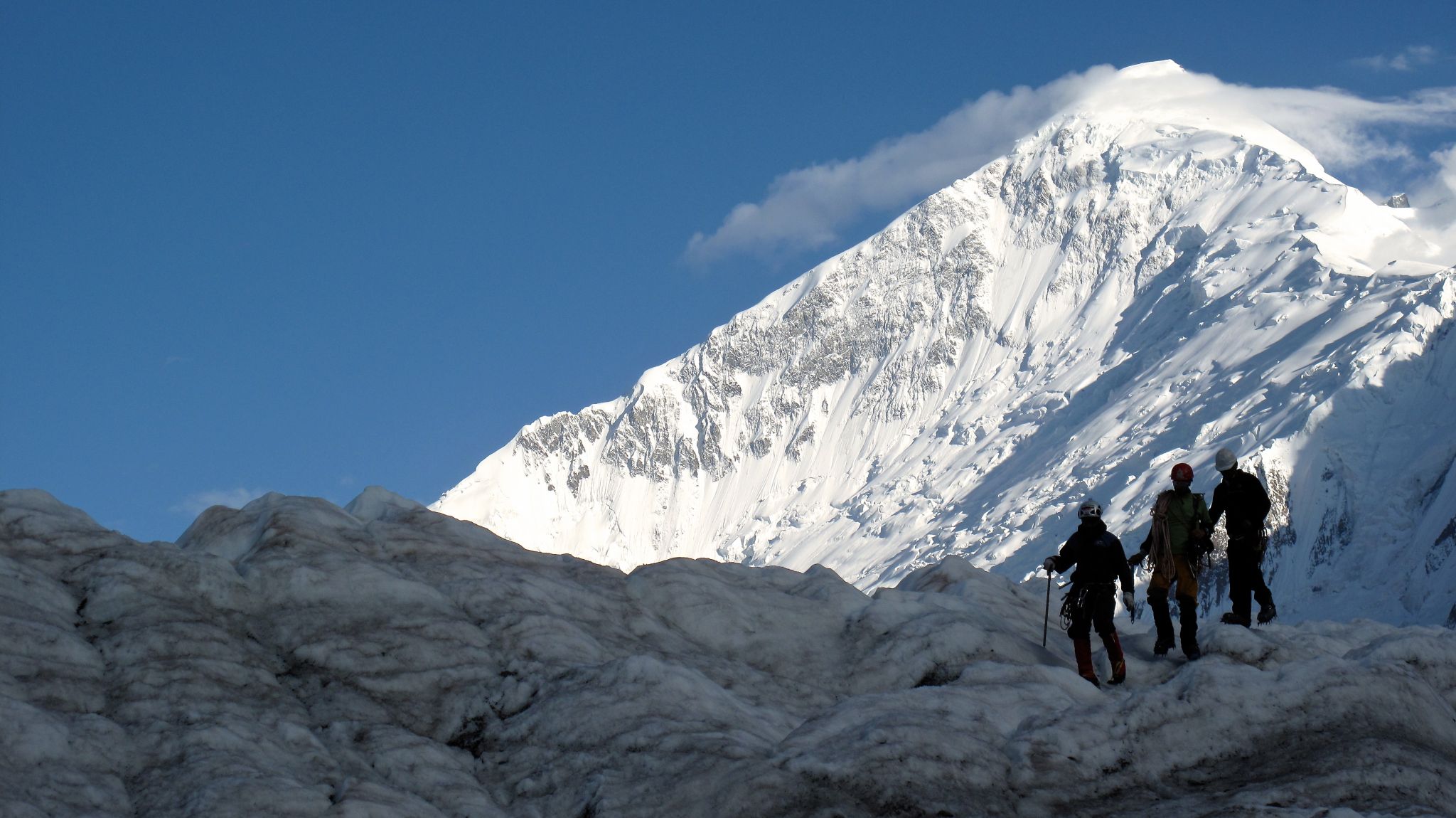

[…] 26 Luglio 2021 0 […]